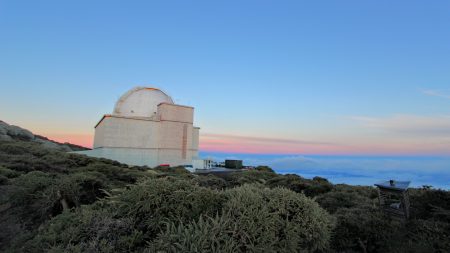Richard Munson’s biography “Ingenious” delves into the intricate life and scientific pursuits of Benjamin Franklin, moving beyond the popular myth of him as merely the founding father who famously flew a kite in a thunderstorm. While this iconic experiment is essential in demonstrating the electrical nature of lightning, Munson emphasizes that it was not a reckless venture but rather a thoughtful exploration designed to convert mystery into understanding. The biography paints Franklin’s scientific endeavors as a fundamental aspect of his identity, a driving force that intertwined with his political aspirations and diplomatic successes.
The kite experiment of 1752 illustrates Franklin’s nuanced approach to science. Contrary to the oversimplified portrayal of him being struck by lightning, Franklin’s findings were centered on observing the electric charge present in thunderstorms through the sparks emanating from a key on the kite string. Munson clarifies that Franklin approached this experiment with caution, demonstrating both curiosity and respect for the dangers of electricity. His work not only transformed the understanding of atmospheric electricity but also set the stage for the evolution of electrical terminology, including the concepts of positive and negative charges.
Franklin’s intellectual journey encompassed a broad spectrum of scientific disciplines beyond electricity, including geology and botany. As Munson narrates Franklin’s significant contributions, it becomes evident that each of these interests coalesced into a coherent framework that defined his scientific worldview. Even amidst the tumult of political upheaval in the American Revolution and the founding of the United States, Franklin remained deeply engaged with the marvels of nature, which is evident in his numerous inventions, including the lightning rod and innovative printing techniques. Munson depicts Franklin’s science as joyful, showcasing his playful experiments and clever tricks that not only entertained but educated his peers.
However, Munson’s account does not extensively address the complexities of Franklin’s involvement with slavery. Though he later became an abolitionist, Franklin’s earlier life included the practice of enslavement, which might leave readers seeking a more comprehensive examination of this aspect of his legacy. Additionally, while the book illuminates Franklin’s contributions to various scientific fields, some readers may desire a deeper contextualization of his work in relation to modern understanding. The lack of comparative analysis occasionally raises questions about the significance and accuracy of Franklin’s insights in the contemporary scientific landscape.
Despite these gaps, Munson makes a compelling case for appreciating Franklin’s spirited approach to science and the thrill he derived from exploration and discovery. His playful demeanor manifested in whimsical experiments that captivated those around him, signaling an underlying joy in the pursuit of knowledge. Further, Franklin’s adaptability in both science and politics showcases his ability to evolve his thoughts upon encountering new evidence or persuasive arguments, highlighting an essential humility that resonates through his life and work.
Ultimately, Munson argues that to fully grasp Benjamin Franklin’s legacy, one must appreciate his scientific endeavors. “Ingenious” presents Franklin not merely as a political statesman but as a pioneer of scientific thought whose passion for inquiry enriched both his life and the world around him. Recognizing the significance of his scientific contributions enables a more holistic understanding of Franklin, allowing readers to see the remarkable interplay between his curiosity, creativity, and civic engagement. Munson’s biography invites us to reconsider Franklin’s place in history, encouraging a deeper appreciation for a man who, through science, sought to illuminate the complexities of both natural and societal phenomena.















